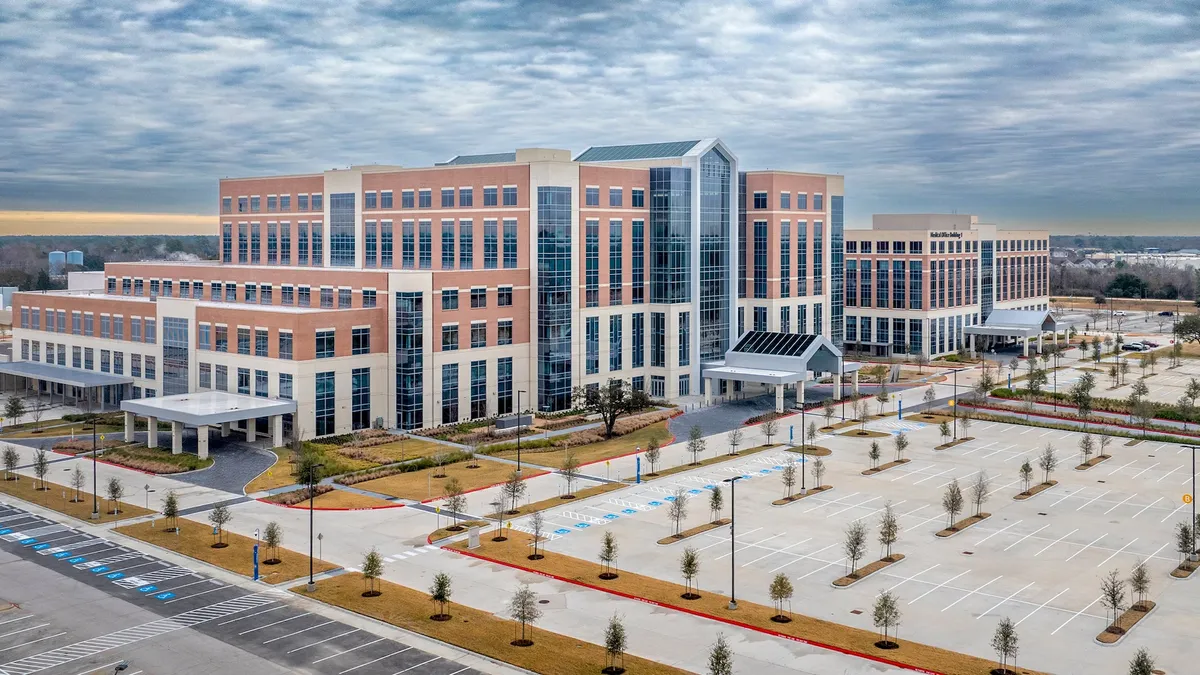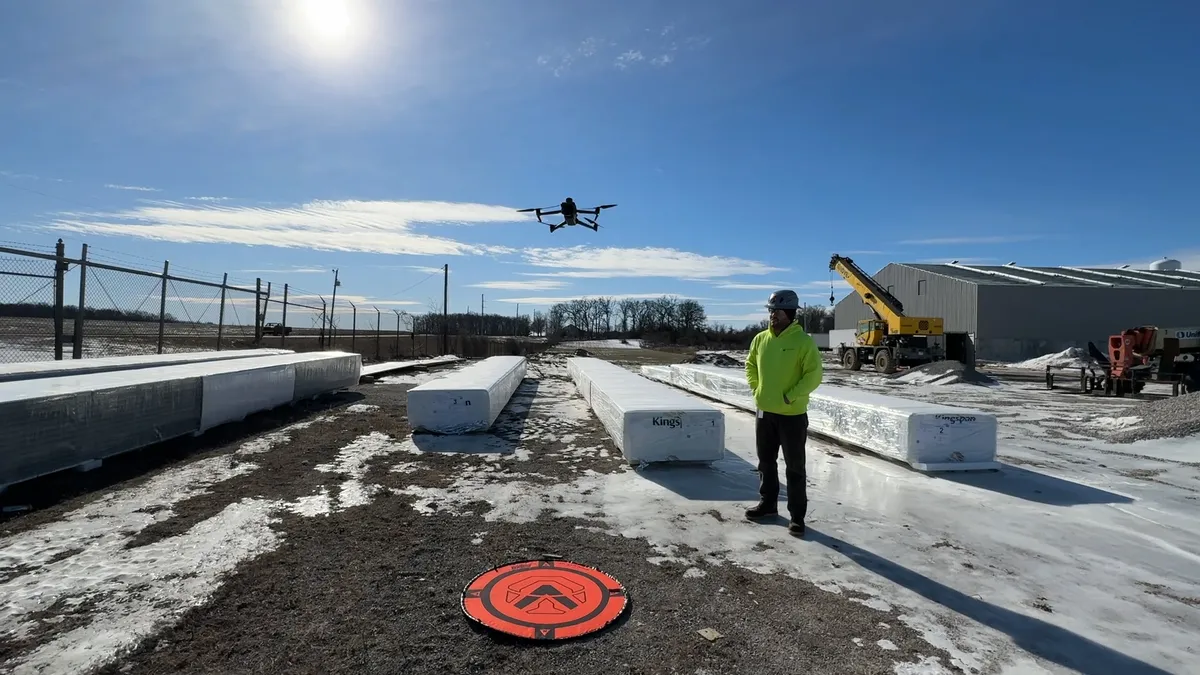The focus of this year’s Consumer Electronics Show showcased ways artificial intelligence and other breakthrough technology can boost productivity while also reversing environmental impacts and future-proofing industries like construction and agriculture.
“The construction industry has laid the foundation for human civilization, and yet it remains one of the slowest today when it comes to technology and innovation,” said HD Hyundai CEO Kisun Chung in his keynote speech. “We are here today to share HD Hyundai’s vision for changing the future course of humanity by changing the future of the construction industry … to create a more sustainable future for humanity by solving pressing challenges such as safety, security, supply chain issues and climate change.”
HD Hyundai
Backing up the sentiments of Chung’s keynote, HD Hyundai set up a futuristic jobsite at CES 2024 with their Xite line of energy-saving, automated products like the Concept-X2 excavator. The unmanned and fully electric excavator addresses skilled labor shortages in addition to climate change by eliminating the need for oil-fueled hydraulics.
The autonomous controls are powered by an AI platform called X-Wise. X-Wise connects all Hyundai autonomous machines on a site from a central control center, and will integrate with future products, like the company’s upcoming autonomous articulated hauler and compact wheel loader. This Xite suite represents their approach to addressing challenges such as safety and security, supply chain construction, and climate change, per the company.
InventWood
InventWood’s proprietary Mettlewood is 20 times stronger than plain wood, 60% stronger than construction grade steel but 80% lighter, and can capture carbon from the atmosphere, according to the company. InventWood’s proprietary process for creating MettleWood was developed by University of Maryland researchers Liangbing Hu and Amy Gong as a more sustainable, durable, less expensive, and lighter cellulose wood building material.
A grant from the Department of Energy allowed the company to begin commercially producing MettleWood cladding, which is fire-, termite-, and moisture-resistant. Other applications are planned, such as structural beams, columns and connectors. The company also claims MettleWood will be around half the cost of steel as it’s produced from a fast-growing, abundant species that’s sustainably sourced. Other wood-based composites have attracted venture funding recently, as well.
Doosan Bobcat
Doosan Bobcat’s new S7X All-Electric Skid-Steer Loader is a CES 2024 Innovation Awards Honoree. The fully electric skid-steer loader runs on a rechargeable lithium-ion battery providing consistent and continuous power with zero emissions. According to the company, there’s no power lag even when simultaneously working the drive, lift, and tilt functions.
By replacing all hydraulics with electric drive motors and ball screw actuators, the loader operates quietly. The lack of noise and zero emissions means contractors can use the machine in sound or environmentally sensitive settings — even indoors. Bobcat also says the S7X is designed with half the components of a traditional loader and 96% less fluid for reduced maintenance.
Caterpillar
Caterpillar emphasized its commitment to sustainability without sacrificing strength by premiering several zero-emission, energy-saving products.
The R1700 XE — an electric underground mining loader — took center stage at the company’s booth. It recharges fully in less than 20 minutes, and the company says its battery pack is the industry’s only onboard battery.
The mining loader also features digital monitoring, color rearview video display, and an automatically filling bucket with an increased capacity and faster dumping time. The standalone Cat MEC500 Mobile Equipment Charger can be forklifted or towed to the jobsite as an easy-to-install charging station for the loader and other Caterpillar equipment.
inQs
Japanese startup inQs won a CES 2024 Best of Innovation award, and multiple Honor awards, for its SQPV Glass, an energy-harvesting clear glass.
The solar glass converts natural or artificial light into electricity using layers of electricity-generating nanomaterials in between exterior sheets of conductive glass. Collecting any amount of light from both sides of the glass, SQPV Glass works on cloudy days or in extreme low-light settings, according to the company. The product can be installed in various ways, including as typical fenestration, interior partitions, or outside of existing windows, creating a heat shield in addition to a power source.




















